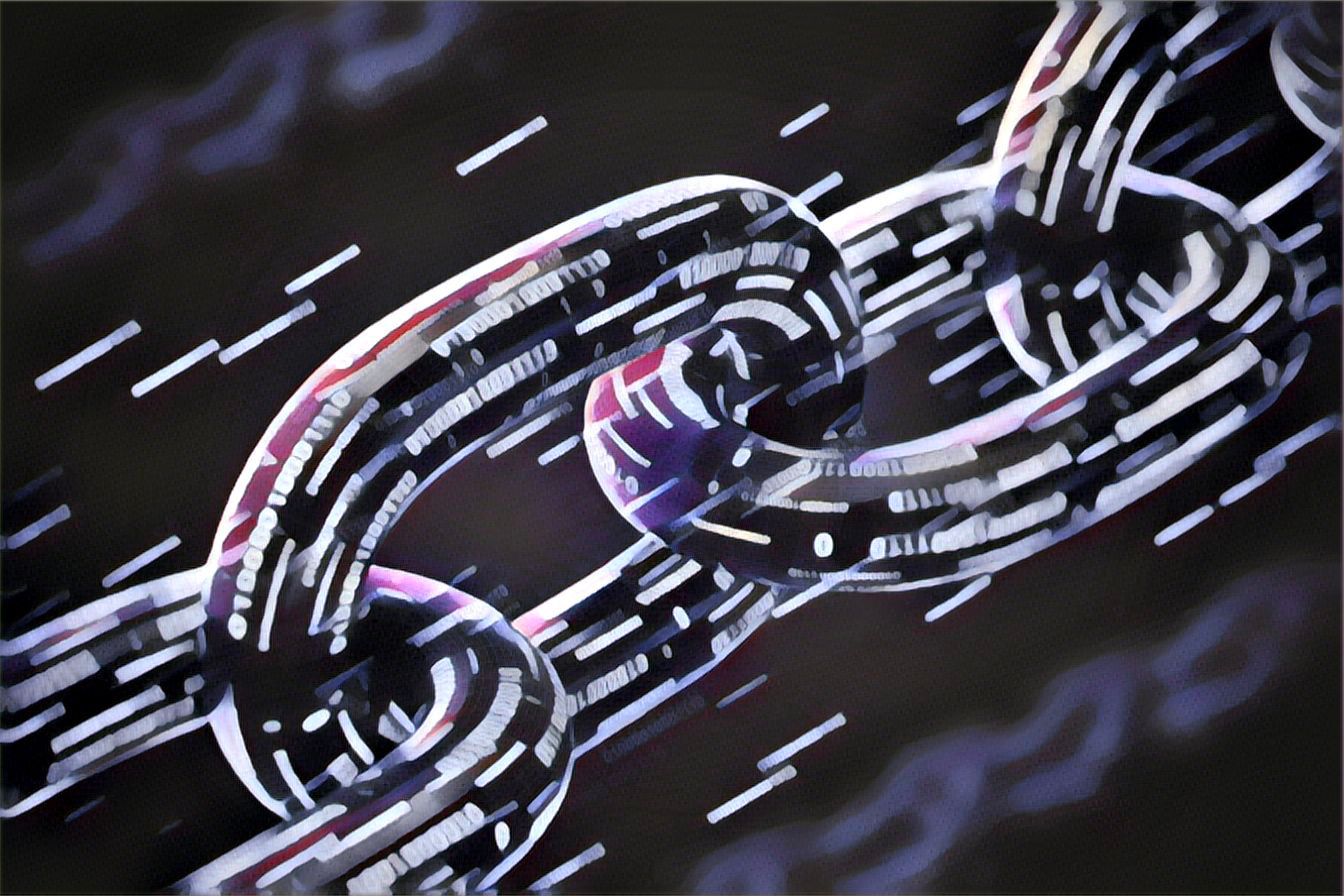Proof Of Work
If you are interested in mining cryptocurrencies and understand how mining works, you have most certainly come across the notion of Proof-of-Work (POW). Proof-of-work is a collectively shared (consensus) technique that certifies a miner's transaction verification. Proof-of-Work is intimately tied to mining since it is the mechanism for validating transactions.
Proof of Work - What Is It?
Bitcoin is a digital currency supported by a distributed ledger known as a "Blockchain." This ledger provides a record of all bitcoin transactions, which are organized in successive "blocks" so that no user may spend their holdings twice. The ledger can be public and distributed to curb out the manipulation. It will allow a changed version to be swiftly rejected by other users.
In practice, users identify tampering using hashes, which are lengthy sequences of integers that serve as proof of work. Put a particular piece of data through a hash function (SHA-256 is used by Bitcoin), and it will only ever produce one hash.
However, because of the avalanche effect, even little changes to any piece of the original data can result in a completely unreadable hash. The hash created by a particular function will have the same length regardless of the size of the underlying data set. The hash function is a one-way function that can only be used to verify that the data that created the hash matches the original data.
Because generating any hash for a set of bitcoin transactions would be simple for a contemporary computer. The bitcoin network puts up a similar level of difficulty to transform the process into workflow. This parameter is set such that a new block is mined. In other words, a new block can be added to the Blockchain for creating a quick hash.
Setting difficulty is done by defining a goal for the hash. The lower the target, the narrower will be the set of valid hashes and the more difficult it is to produce one. In reality, this translates to a hash that begins with a lengthy line of zeros.
What is a double-spend?
Double spending happens just when the same funds are spent repeatedly. The term is mainly used for the digital money context. Like you would have a hard time spending the same real money more than once. Consider an example of buying coffee from your favorite cafe. You pay the cashier and get the bill after registration. Now, that same bill won’t be suitable for purchasing another coffee using the same bill.
The same possibility is there with digital cash schemes. We all have duplicated the computer files earlier too with a simple copy and paste work. It allows you to email the same file to multiple people in one go. Digital money is nothing but some data, so that needs protection from getting copied. It is possible to copy the data and spend the units in different places.
Why Do Bitcoin and Its Blockchain Require Proof of Work?
A proof-of-work verification is complex, expensive, and time-consuming to develop, but it is easy to verify. Bitcoin is secure because it is computationally hard to attack the network.
Proof-of-work is required to secure Bitcoin's transaction history while increasing the complexity of updating data over time.
Proof of Work (PoW) is a safety criterion that limits counterfeiting while allowing belief. This safeguard ensures that independent data processors, called miners, cannot fake transaction information.
Proof of Work Restrictions
The proof of work approach has two important shortcomings. The first downside is that they waste energy, which is environmentally detrimental. Computers need more electricity to conduct more computational work. It adds up to a large amount of excess energy use.
Nonetheless, bitcoin does not seem to require as much energy as we are told or taught. It figures on how much energy the Bitcoin network consumes shows otherwise. In certain cases, Bitcoin mining operations consume excess energy that a country's power infrastructure could not otherwise provide.
Wrap Up
Finally, proof of work is required for the development of a distributed clock that enables miners to freely join and quit the network while maintaining a consistent operation rate. It is undoubtedly a solution to the double-spend problem and turned out to be highly secure as well. Bitcoin is a clear example to avoid using centralized entities and the same funds being spent twice. Proof of work is a mandatory process to use the hash functions, game theory and decentralization for better financial transactions. All the participants can agree to some sort of financial database.



